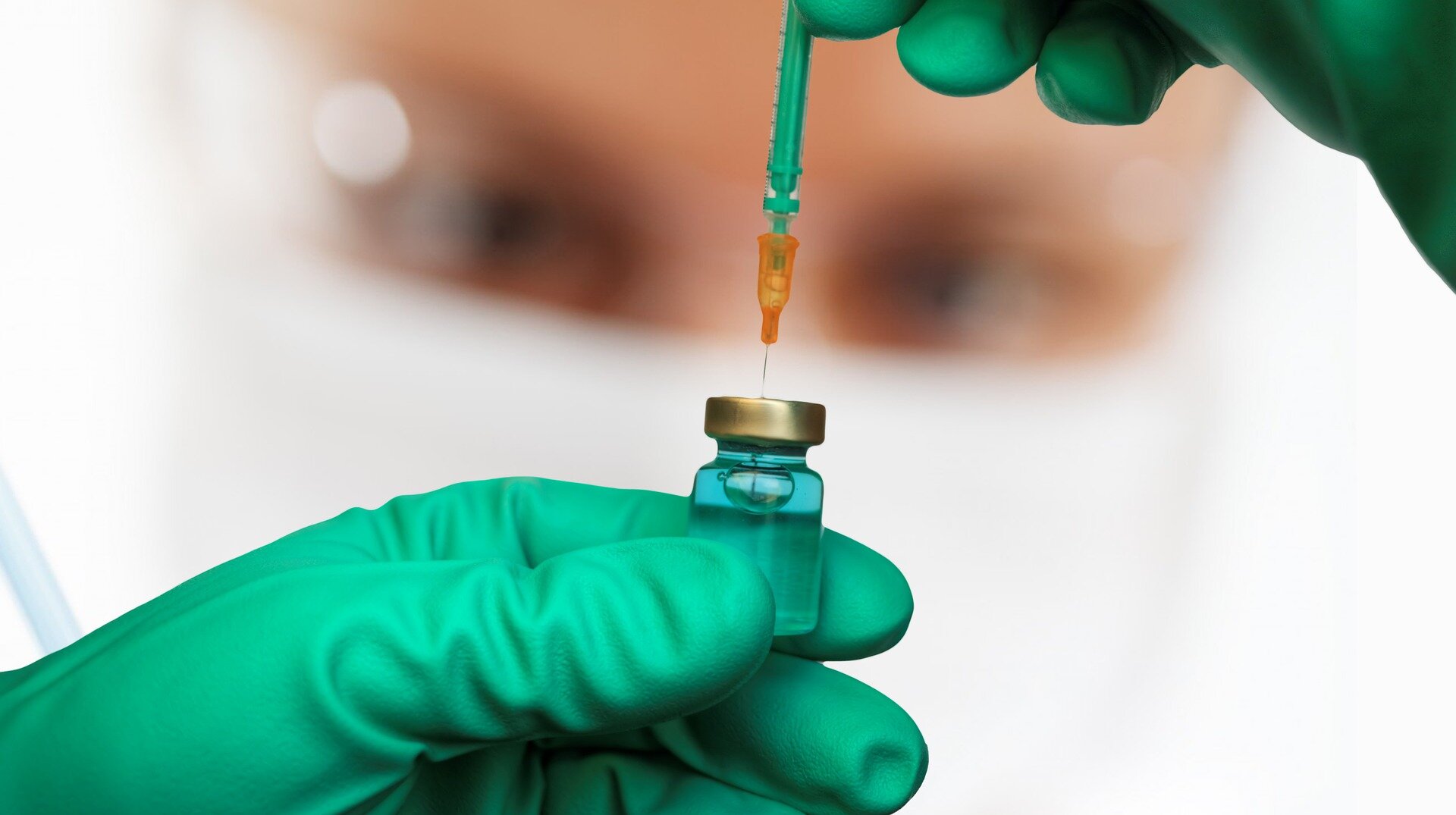
For the more than one million children attending New York City public schools, the likelihood of receiving COVID-19 vaccines depended on their race and ethnicity, and the borough in which they live.
In the first published analysis of school-level vaccination data, schools with majority Asian students had the highest vaccination rate for COVID-19 at 66.2 percent, followed by majority Hispanic schools at 53.5 percent, according to new research from NYU Grossman School of Medicine, Syracuse University, University of Delaware, and NYC’s Department of Health and Mental Hygiene. Lagging furthest behind in COVID vaccination rates were schools attended by majority White and Black students, at 44 percent, while schools in Staten Island had lower vaccination rates, on average, than in any other borough.
Reporting in the journal JAMA Network Open online September 15, after examining data from more than 1,500 NYC schools with an average of 980 students, the research team found that vaccination rates varied significantly by borough, ranging from the highest in Manhattan (59.7 percent) and lowest in Staten Island (38.6 percent). Additionally, the researchers found that middle-high schools were more highly vaccinated (64.9 percent) than elementary schools (38.8 percent).
When broken down further, the data showed that while majority Asian schools had the highest vaccination rates regardless of borough, majority White schools in Manhattan (61.9 percent) and Brooklyn (49.1 percent) were more highly vaccinated than majority White schools in the Bronx (34.1 percent), Queens (28.5 percent), or Staten Island (25.4 percent).
“While similar data have been examined for adults, we do not yet have a firm sense of how race and ethnicity influence vaccination for children,” says study lead investigator Brian D. Elbel, Ph.D., MPH, professor in the Departments of Population Health and Medicine at NYU Grossman School of Medicine. “Our new work finds that while some of the patterns seen in adults are present in children (high vaccination rates among Asian populations), there are large differences across various geographies of even a single city. Understanding these differences, including how policy and programmatic activities can address them, is important future work.”
According to the investigators, the study has a number of limitations. These include a school-level approach to collecting vaccine data, as well as the possibility that data on students receiving vaccinations outside of NYC may be missing.
Another limitation, acknowledged by Elbel, relates to the broad categorization of schools by majority race/ethnic groups. Further disaggregation by smaller ethnic subgroups was not possible given the analytic approach and data sources. For example, while Asians and Pacific Islanders make up 14 percent of NYC’s population, there is a high degree of heterogeneity across ethnic groups combined under the umbrella of Asian. This lack of data disaggregation for Asian or Hispanic ethnic subgroups may mask vaccination disparities within those communities.
Source: Read Full Article
